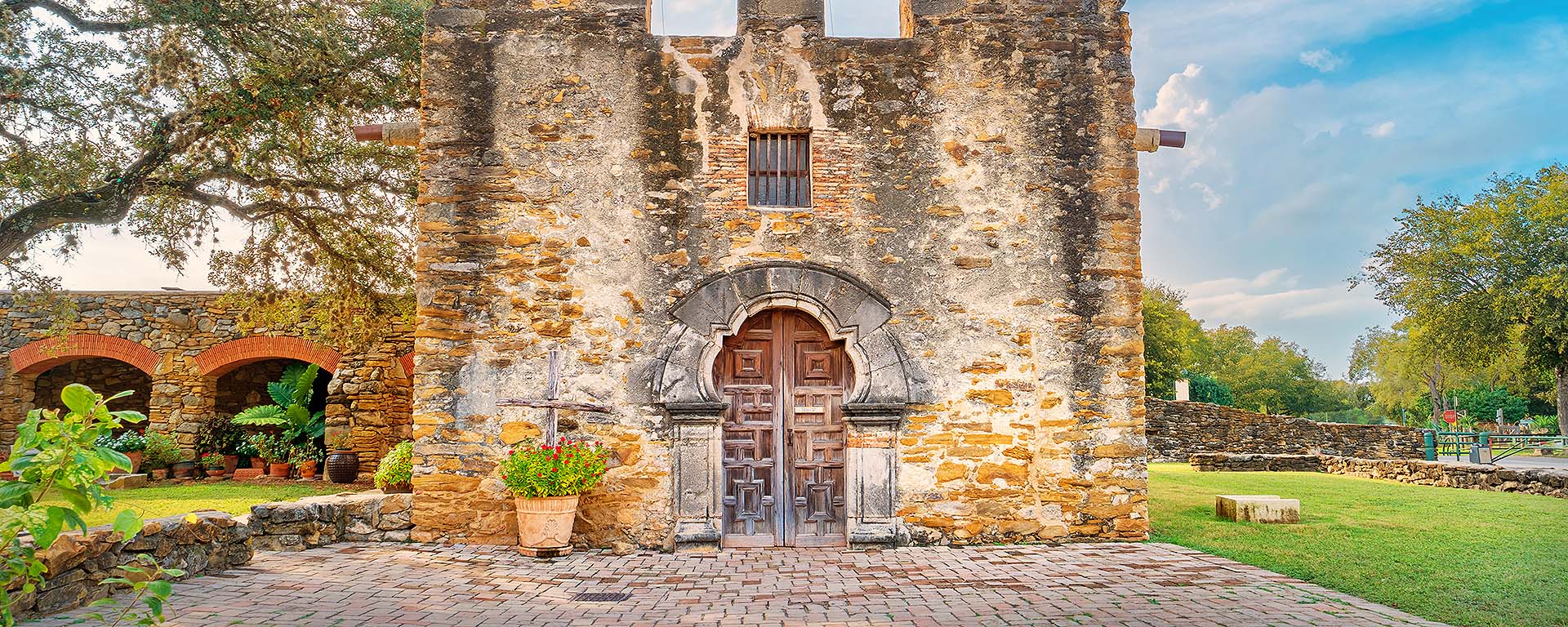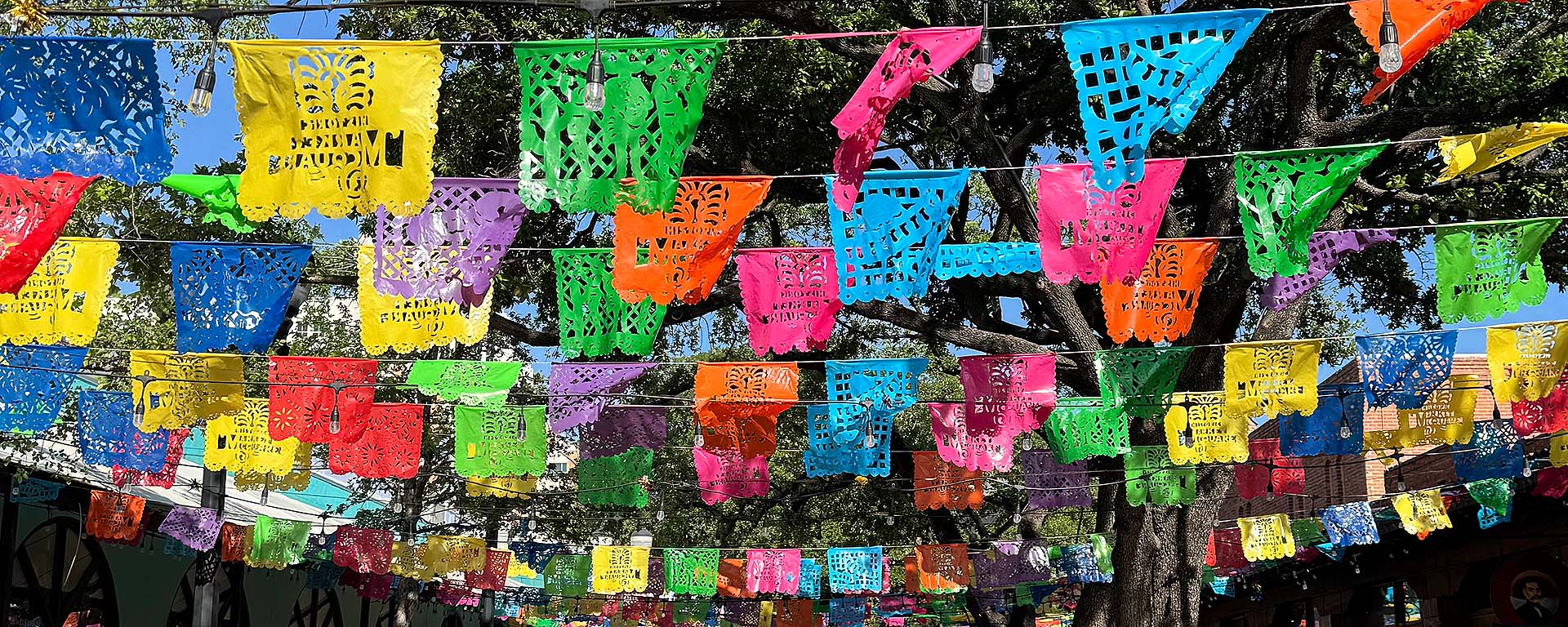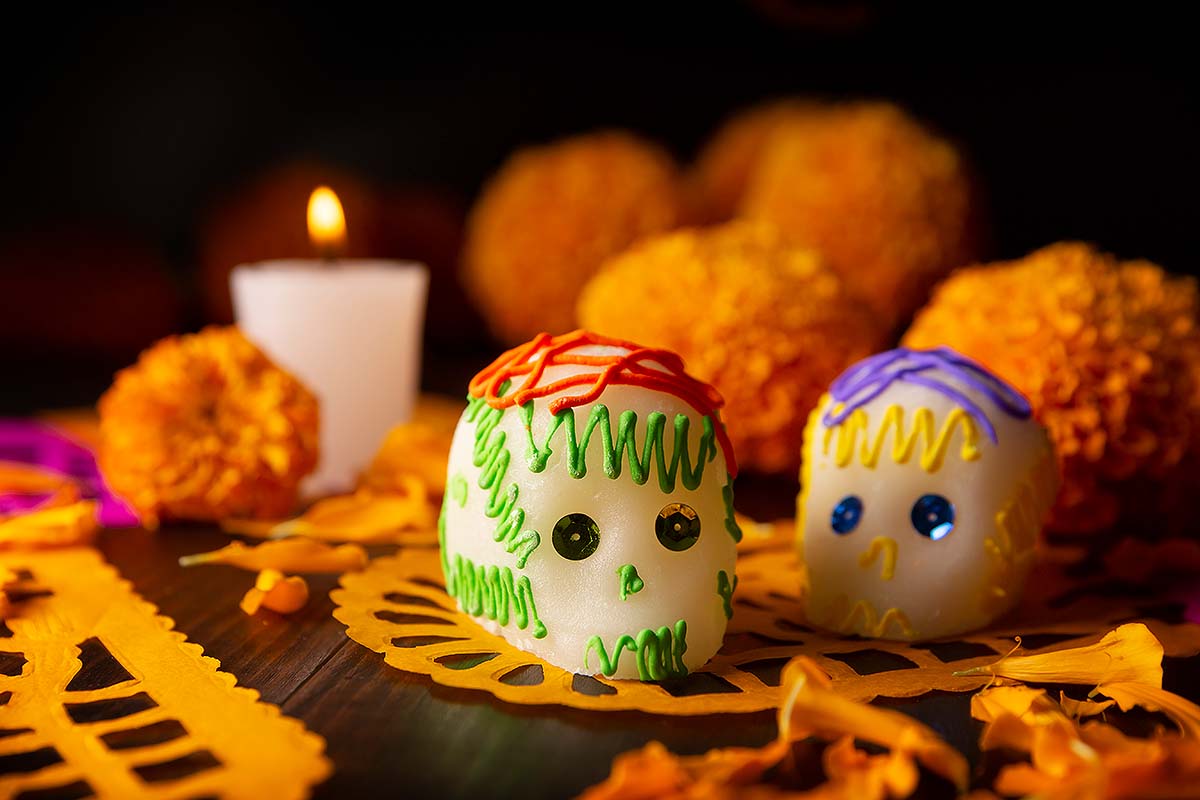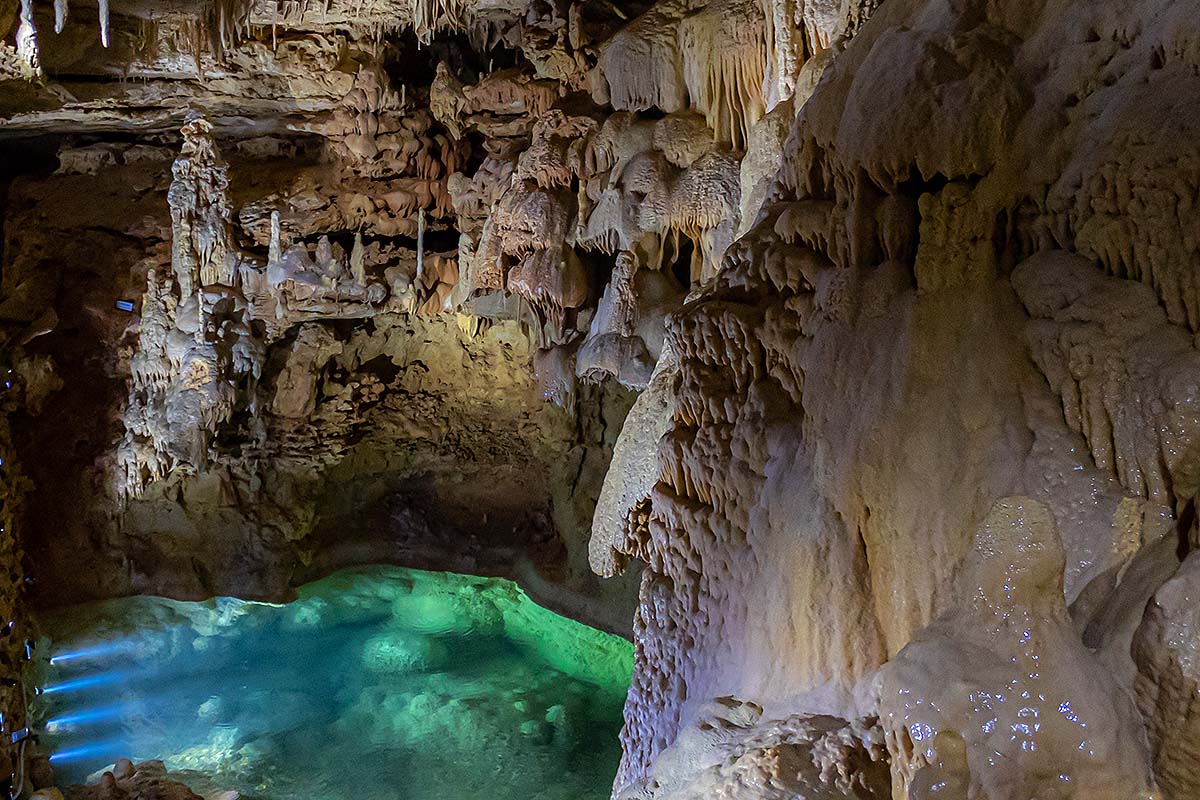The Pearl District has grown into a lively neighborhood with its own identity. It still shows its brewery past through restored brick buildings, but today the space is filled with restaurants, independent shops, and public spaces. Hotel Emma keeps the historic character of the brewhouse while offering a modern place to stay. On weekends, the farmers market brings in locals with fresh produce, baked goods, and live music. That mix of history and daily life is why the Pearl is often seen as one of the most rewarding hidden gems in San Antonio.
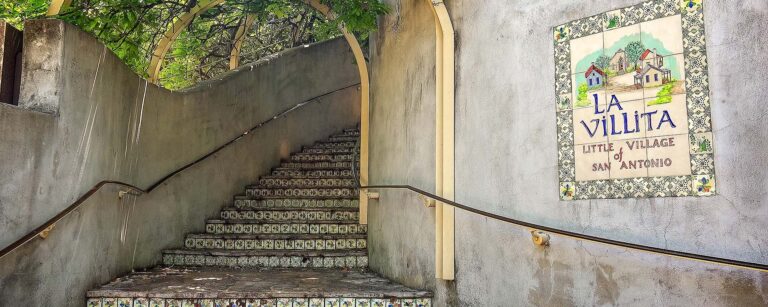
Why Explore San Antonio’s Hidden Gems?
San Antonio is a city where history and creativity come together in unexpected ways. Beyond landmarks like The Alamo and the River Walk, there are places that locals love and many visitors overlook. Old buildings now house live performances, quiet parks hold artwork with fascinating backstories, and markets continue to thrive with the same families who have been selling goods for decades. Taking time to discover these San Antonio hidden gems gives you a fuller picture of the city.
What Makes The Magic Saloon a Hidden Gem in San Antonio?

Right across from The Alamo in the historic Reuter Building, The Magic Saloon offers an evening that feels both timeless and fresh. Guests begin in Billy’s Magical Parlor, a space filled with curious artifacts, puzzle games like the Crack the Code challenge, and live close-up tricks that set the stage for what’s to come. You can grab a signature mocktail, such as the Snake Venom or King of Hearts, and enjoy complimentary popcorn before settling in for the main event.
The heart of the experience is a one-hour show with a rotating lineup of world-class magicians. Each performance feels fresh, mixing sleight of hand, mentalism, and illusions that keep the audience engaged. After the show, guests are encouraged to stay, take photos, and chat with the performers for another half hour, which adds a sense of connection. With its historic setting, interactive pre-show, handcrafted drinks, and talented magicians, The Magic Saloon has become one of the most memorable hidden gems in San Antonio.
Why Is the Pearl District Considered One of San Antonio’s Hidden Gems?

The Pearl District began in 1883 with the opening of the Pearl Brewery, which quickly became one of Texas’s best-known beer producers. For more than a century, the brewery shaped the neighborhood, bringing both jobs and character to the area. When brewing operations ended in 2001, the property was redeveloped to honor its past while welcoming new restaurants, shops, and gathering spaces. The arrival of the Culinary Institute of America in 2010 and the opening of The Hotel Emma in 2015 gave the district fresh energy and helped establish it as one of the most distinctive hidden gems in San Antonio.
Today, you’ll notice preserved brickwork and brewery details alongside new restaurants and boutiques. Hotel Emma anchors the district with its mix of industrial architecture and refined design. Dining options highlight the city’s wide range of flavors, including Southerleigh’s Gulf Coast menu, Cured’s specialty meats, and La Gloria’s street-style dishes. Local makers and farmers bring their goods to the weekend market, adding to the sense of community. New attractions continue to appear, like Pearl Putt-Putt, a Texas-themed mini-golf course with playful nods to The Alamo and the Tower of the Americas, and Otto’s Ice House, created by Chef Levi Goode, where cocktails and snacks are served under the branches of a historic oak tree. These layers of history and activity keep the Pearl District lively and secure its place among the most authentic San Antonio hidden gems.
Why Visit Miraflores Park?
Northeast of downtown, Miraflores Park offers a serene escape with roots that reach back to the 1920s. Dr. Aureliano Urrutia, a physician and civic leader, designed the garden as a tribute to his Mexican heritage, filling it with sculptures, fountains, and symbols of culture and tradition. The most striking works are the faux bois pieces by Dionicio Rodriguez, who used cement to mimic the look of wood in careful detail. His craftsmanship still inspires admiration, making the park a rare place to see this distinctive art form in San Antonio.
What Makes the Japanese Tea Garden Special?
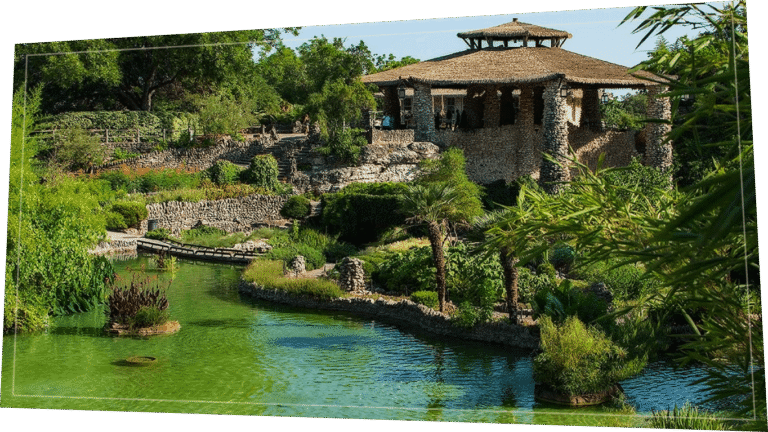
Inside Brackenridge Park is the Japanese Tea Garden, one of the most peaceful hidden gems in San Antonio. The land first served as a limestone quarry, but in 1917, City Parks Commissioner Ray Lambert and a team of craftspeople reshaped it into a public garden. They built winding walkways, stone bridges, and ponds filled with koi, giving San Antonio a space that felt both artistic and serene. The Jingu family cared for the grounds for decades and ran a small café that introduced visitors to Japanese-inspired food and traditions.
The garden today is known for its 60-foot waterfall, expansive lily ponds, and shaded trails that lead through natural rock formations. Restoration work in the 1980s returned it to its original beauty, and it has remained a favorite spot for photography, casual strolls, and family outings. A café near the entrance still offers light refreshments, which encourages visitors to relax and enjoy their surroundings. Fiesta draws large crowds with cultural performances, but on most days, the garden is calm and inviting. Its blend of artistry, history, and natural charm secures its place among the San Antonio hidden gems that locals and visitors treasure.
Why Explore La Villita Historic Arts Village?
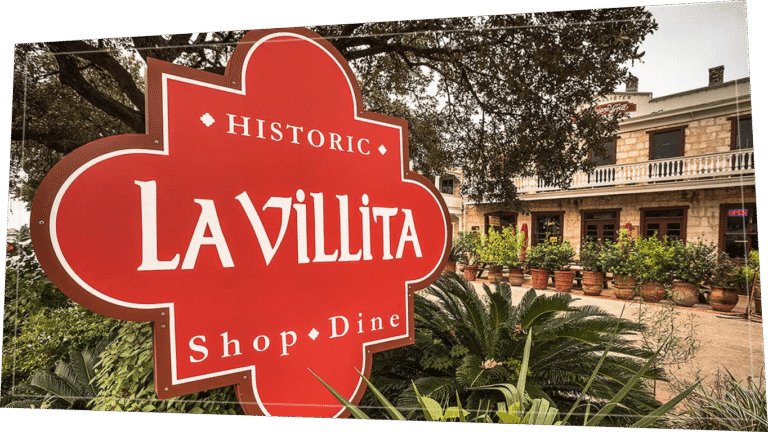
La Villita, or “the little village,” began in the 18th century as a cluster of homes for Spanish soldiers stationed nearby. Over the years, it developed into a neighborhood for European immigrants, who added new traditions and architectural styles. By the 1930s, the city recognized its historic value and restored the area as a center for arts and culture, keeping the narrow streets and adobe-style structures intact.
Today, La Villita welcomes guests with studios and shops where artists create pottery, jewelry, textiles, and paintings. The village feels alive with creativity, while plaques and preserved buildings remind visitors of its earliest residents. During Fiesta, the plazas are filled with concerts, artisan markets, and cultural nights that bring in thousands of people. La Villita remains one of the lasting hidden gems in San Antonio, offering a genuine mix of art, history, and community.
Why Visit the San Antonio Missions National Historical Park?
The San Antonio Missions National Historical Park protects four Spanish Colonial missions built in the early 1700s. Mission Concepción, Mission San José, Mission San Juan, and Mission Espada were created by Franciscan friars working among Native peoples to form communities of faith, farming, and shared culture. Walking among these sites shows how Spanish and Indigenous traditions blended into something unique, leaving behind architecture and stories that still resonate today.
Each mission has its own character. Mission Concepción holds some of the oldest original frescoes in the United States, while Mission San José is admired for the detail of its rose window. Mission Espada still has a working acequia, an irrigation canal that once made farming possible in the Texas heat. Mission San Juan served as an agricultural hub, tying the local community to a larger regional network. In 2015, the missions earned UNESCO World Heritage status, placing them alongside the most treasured cultural landmarks in the world. Exploring the Mission Trails offers not only striking architecture but also a way to connect with centuries of San Antonio history.
What Makes Historic Market Square Unique?
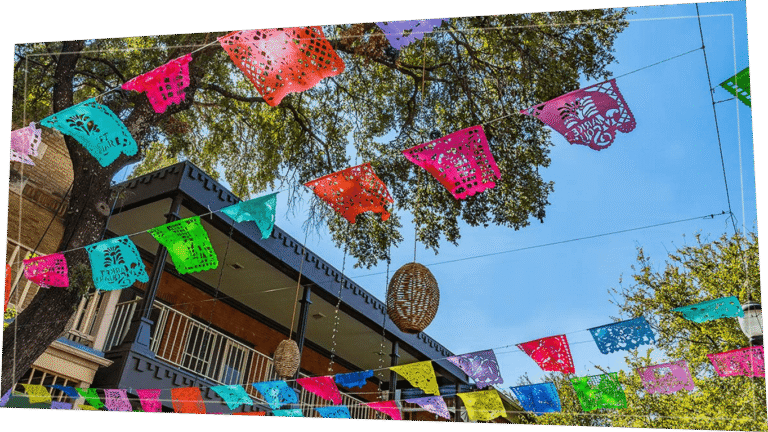
Historic Market Square, or El Mercado, has been a gathering place since the mid-1800s. What began as a spot where farmers and merchants shared goods has grown into a colorful district filled with more than 100 shops and restaurants. Today, it’s still a place that feels alive with tradition, where the sights, sounds, and smells carry a strong sense of San Antonio’s Mexican heritage.
A walk through the market might lead you past stalls overflowing with embroidered clothing, hand-tooled leather, pottery, and folk art that reflects generations of craftsmanship. Restaurants such as Mi Tierra Cafe y Panaderia welcome guests at all hours, serving Tex-Mex favorites in a setting strung with lights and decorated with murals that tell the story of the community. Live music and dance often spill out into the plazas, especially during Fiesta, when the square becomes one of the city’s most energetic gathering spots.
Why Explore San Antonio’s Hidden Gems?
San Antonio hidden gems give you a different view of the city, one that goes past the well-known landmarks. The Pearl District is a good example, where historic brewery buildings have been turned into restaurants, shops, and gathering spaces. Market Square has been part of local life for more than a century and is still filled with music, food, and colorful shops. The missions show another side of the city, each one holding centuries of history within its walls. At The Magic Saloon, world-class magicians perform in a setting that feels close and personal, mixing live entertainment with a sense of theater. These hidden gems in San Antonio highlight why so many people leave feeling like they discovered something special, and each one offers its own atmosphere, from festive to reflective.
FAQs
The Magic Saloon feels like stepping into another world. It’s an intimate parlor-style theater where the lights are low, the drinks are handcrafted, and the performances are always different. World-class magicians keep the crowd engaged with sleight of hand, mind reading, and larger routines that involve the audience. For couples, it creates a night out that’s both entertaining and memorable. Many guests call it one of the most original San Antonio hidden gems because it combines skill, atmosphere, and interaction in a way you rarely see elsewhere.
Market Square is the largest Mexican market in the United States, and walking through it feels like being in the middle of a celebration. More than 100 shops and food stalls line the area, selling everything from pottery and textiles to tacos and pan dulce. Families often gather here for lunch, and live music adds to the energy on weekends and holidays. Visitors come for the shopping but often stay longer for the atmosphere. It’s one of the San Antonio hidden gems that shows how tradition and community stay alive in the heart of the city.
Traffic and parking can be tough near some of these spots, so many visitors prefer the Old Town Trolley. The tours include live narration from friendly, knowledgeable guides who share the city’s history along the way. The route makes it simple to visit places like the Pearl and Market Square without worrying about driving. For a lot of travelers, riding the trolley becomes part of the experience, not just a way to get around, and it makes reaching San Antonio hidden gems much easier.
Beyond the main highlights, smaller places add their own charm. The Japanese Tea Garden is quiet and peaceful, with shaded paths, koi ponds, and a stone pavilion that has stood for generations. Southtown offers a more creative edge, where you’ll find art galleries, murals, and casual spots to eat or grab a drink. These areas don’t feel rushed, which is why many locals recommend them to friends visiting the city. They’re reminders that hidden gems in San Antonio can be just as meaningful as the big attractions.
